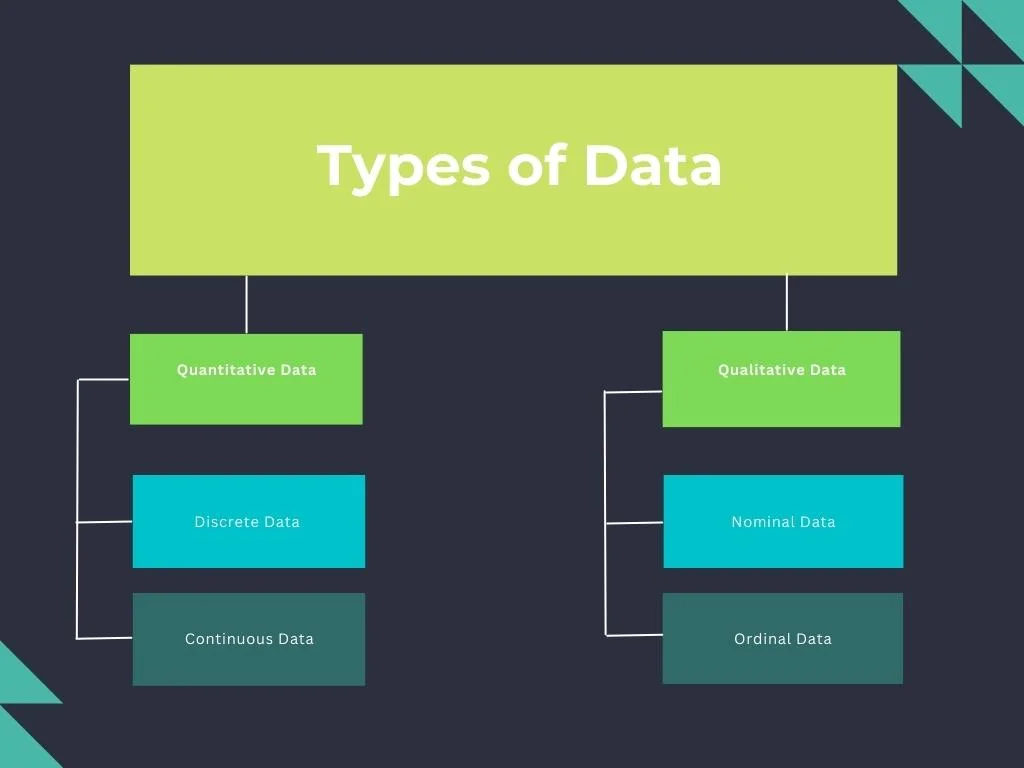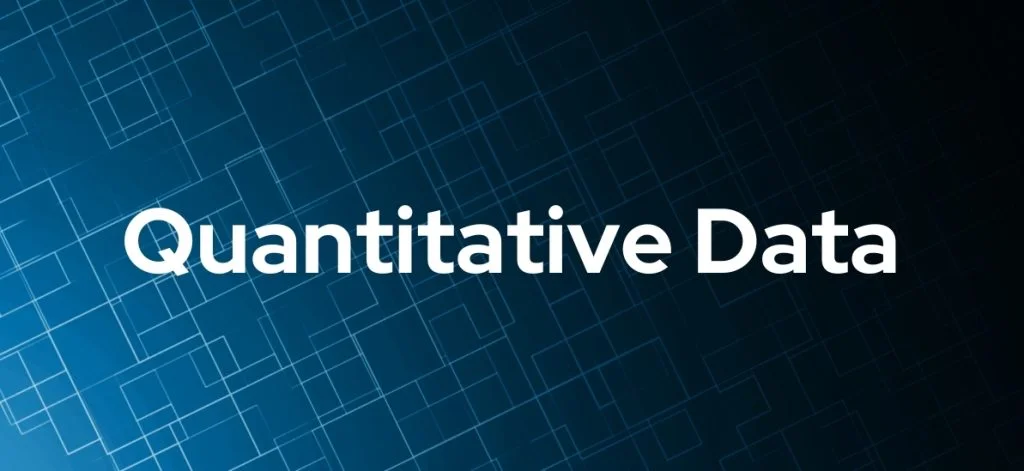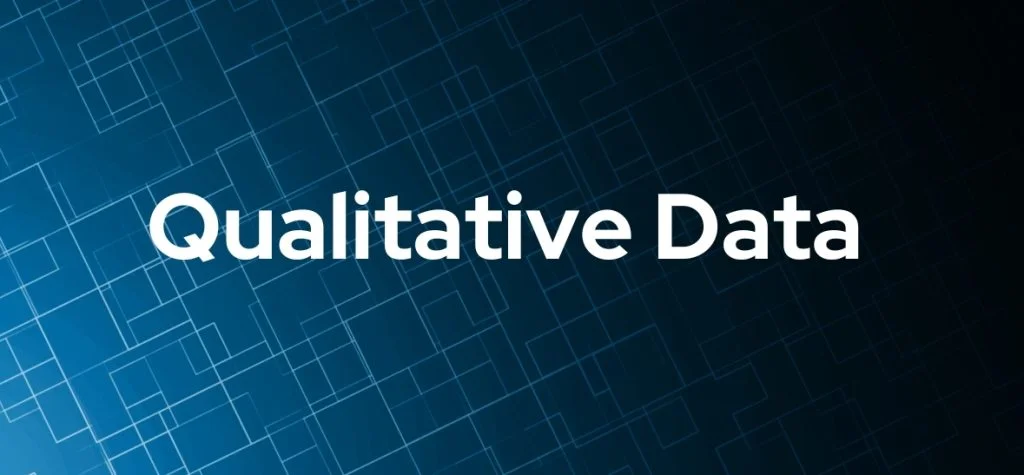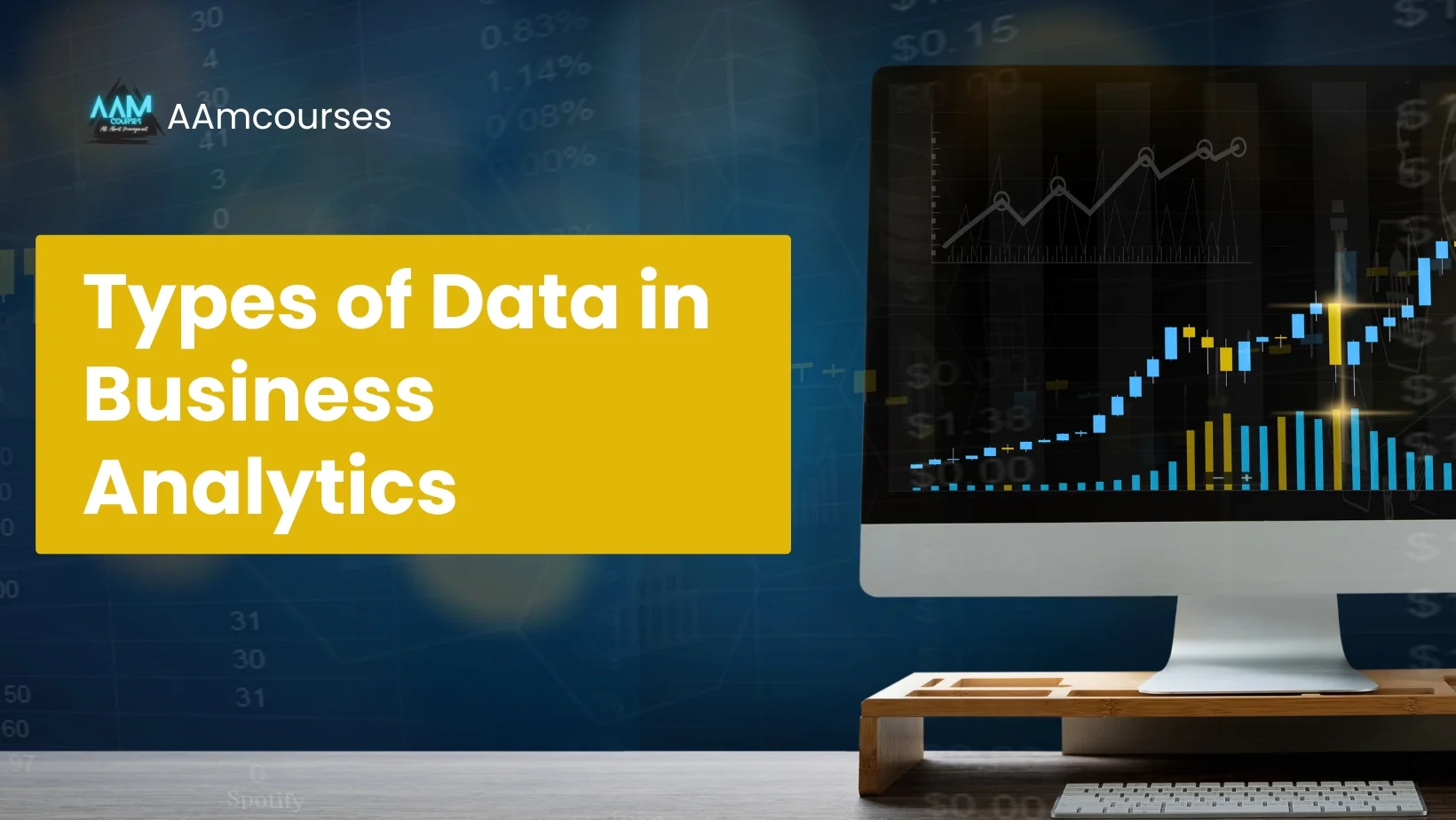Last updated on April 11th, 2024 at 01:15 am
In this tech-savvy world, computers and their functions are considered the basic aspect. Every successful business around the globe is operated based on an information system. These systems operate based on data.
Information systems collect data and manipulate them according to the business’s needs. Data is a complex concept itself. There are various types of data in business analytics. Data differ based on their nature.
In this article, we will discuss these various types of data in business analytics. We will study what differentiates them and how they are to be used. Firstly, let’s discuss what data is.
What is Data?

Data is information stored in a specific way. Data is an integration of facts, numbers, descriptions, and observations in such a way that it communicates a particular meaning.
For example – Matt is 23 years old, and yet he is still 5’2 feet tall. This sentence informs us of the name of the gender of an individual, his age, his height, and the surprised emotion of the speaker. It is all integrated and organized in a way that makes sense.
When talking about business, many types of data in business analytics can be used. Let’s see what those are –
Types of Data in Business Analytics

Data is mainly categorized into two types – Quantitative Data and Qualitative Data.
Quantitative Data

Quantitative data refers to data that is shown in numerical form. They represent the data that reflects the number of certain things. Quantitative data is divided into Discrete and Continuous data.
Discrete Data
Discrete data includes the number of items that can be counted. For example, the number of fingers on a hand, the weight of a person, etc. Discrete data represents a special one in theist of types of data in business analytics. The reason is that it represents data that is different and unique.
If you can answer these questions, then the data represented is discrete –
Can you count it?
Can it be divided into smaller parts?
Continuous Data
Continuous data refers to data that can be counted within a specific range. It is a scale of measurement that consists of numerical values other than whole numbers, such as decimals and fractions.
Continuous data requires certain tools such as measuring tape, ruler, and thermometer to produce its dataset. For example, height, length, weight, etc.
Qualitative Data

Qualitative data refers to data that can be analyzed based on observation. Qualitative data are called categorical data. Some books use the terms individual and variables to refer to objects and characteristics described by a data set. Qualitative data is divided into Nominal and ordinal data.
Nominal Data
When the categorical dataset does not follow a natural order, it is said to be nominal data. For example – The color of the eyes, Blood types, religious preferences, etc.
Ordinal Data
When similar category datasets are together and follow a natural order, it is said to be ordinal data. The numerical values in the dataset do not matter. For example – Exam grades, time of day, level of agreement, etc.
ALSO READ : 13 Important Types of Data Visualization Tools That are used in Business
FAQs
What are the 3 types of data analytics?
Descriptive analysis
Prescriptive Analysis
Predictive analysis
These are the three types of data analytics.
What are the data types in data analytics?
There are 4 types of data in business analytics. They are –
Nominal
Ordinal
Discrete
Continuous
Closing Statement
Data in a system comes in many forms. Especially when using data for professional purposes, we should be aware of what type of data it is. Knowing about the data will help us to place and use it efficiently. It helps us understand where to place quantitative data and where to place qualitative data.
I hope this article about the types of data in business analytics is informative. If you have any doubts or suggestions, post that data in the comment box.
“Let’s Achieve Financial Freedom”

